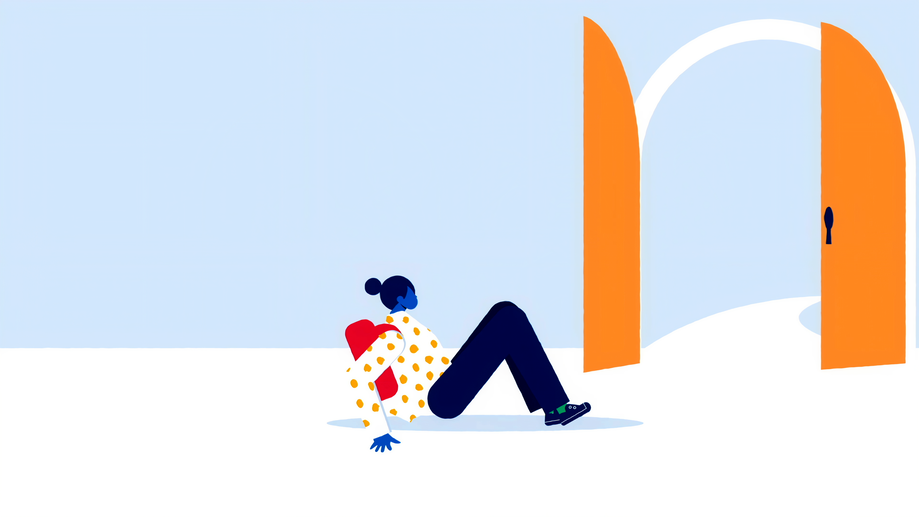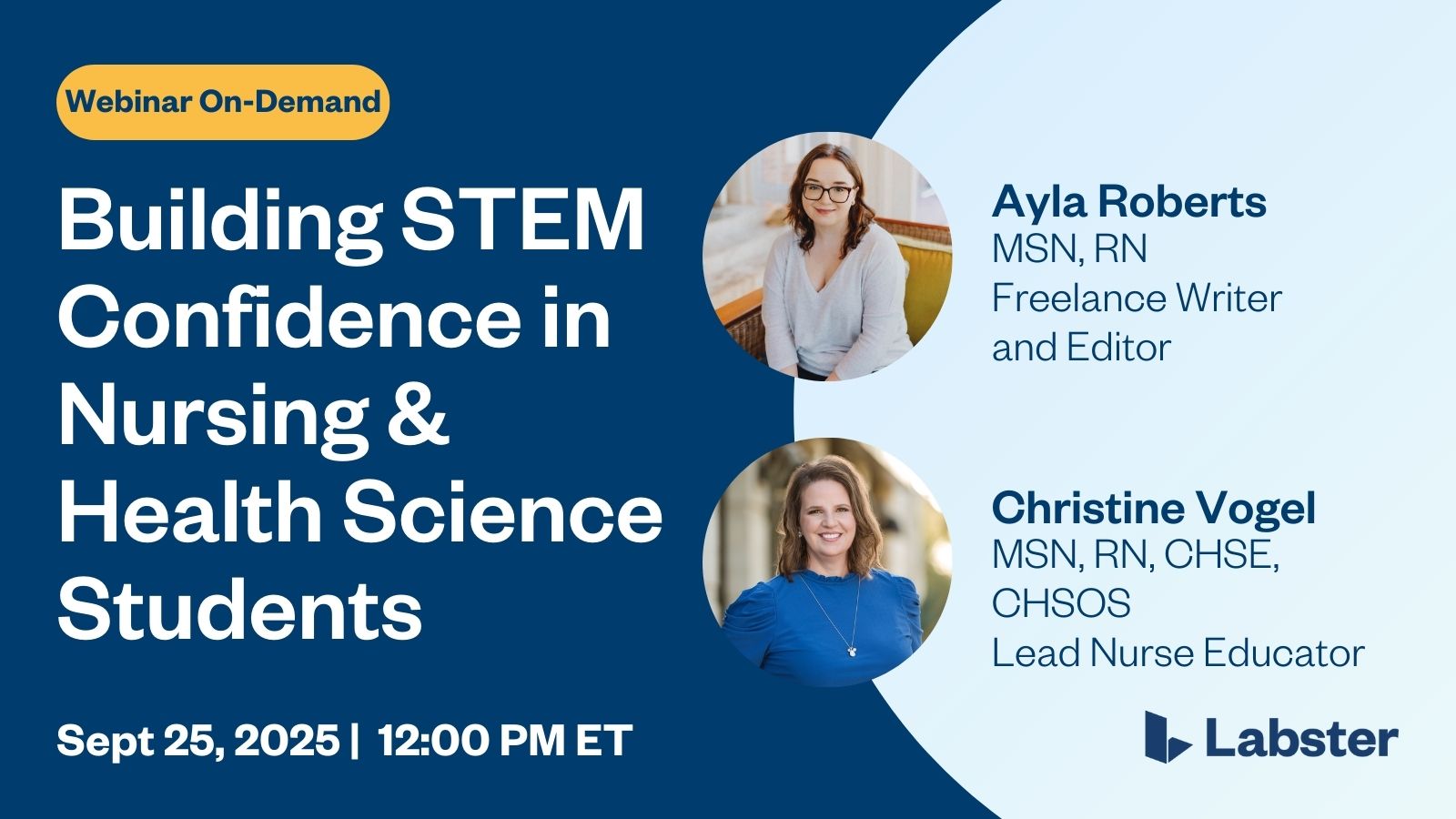The Nursing Shortage Doesn't Start in Hospitals. It Starts in High School.

The United States faces a critical nursing shortage that threatens healthcare delivery nationwide. According to Bureau of Labor Statistics estimates, we need approximately 10,000 additional registered nurses and 10,000 licensed practical nurses graduating each year to meet demand. Yet the path from aspiring nursing student to practicing professional remains fraught with barriers that prevent many capable individuals from ever entering the field.
The Numbers Tell a Sobering Story
While the nursing shortage dominates headlines, a less visible crisis unfolds in classrooms across the country. Among students who successfully gain admission to nursing programs—already a competitive achievement—only 80% will graduate with their nursing degrees. This 20% attrition rate represents thousands of potential healthcare professionals lost each year.
But the problem begins even earlier. Many qualified candidates never submit applications to nursing programs at all. Research from ATI Nursing reveals that the primary reason is a lack of confidence: prospective students don't feel academically prepared to succeed in demanding nursing curricula.
The Preparation Gap
The confidence concerns of prospective nursing students aren't unfounded. According to the 2024 ACT profile report, just 15% of high school graduates arrive at college academically prepared for college-level science courses. This preparation gap creates a cascade of challenges throughout students' educational journeys.
Compounding this issue is grade inflation in high schools. A 2024 ACT study found that grade inflation has increased by half a letter grade over the past fifteen years. Students who would have earned a C+ in mathematics fifteen years ago now receive B grades. This inflation creates a false sense of preparedness, leaving students shocked when they encounter the rigorous demands of college-level STEM coursework.
As nurse educator Christine Vogel notes, many students lack the study skills and realistic expectations needed to succeed at the collegiate level, having never developed them during high school.
The Critical Role of Prerequisite Courses
Anatomy and physiology courses serve as gatekeepers to nursing education, with some institutions reporting drop and fail rates as high as 50%. These courses aren't arbitrary hurdles—they provide the essential foundation for everything nurses do in clinical practice.
"It's not just memorizing body parts," explains Vogel. "When students truly understand how the body works and what happens when systems fail, they can interpret labs, understand medications, and recognize changes in their patients."
This foundational knowledge transforms abstract concepts like medication dosages and lab values into meaningful clinical insights. Students who struggle with anatomy and physiology often find themselves unprepared for advanced nursing topics like fluid and electrolyte balance. Similarly, weak mathematical foundations create safety risks when nurses must calculate medication dosages and drip rates—calculations that become even more critical in specialties like pediatrics, where everything is weight-based.
The Confidence Crisis
The academic preparation gap affects more than just grades—it fundamentally impacts students' confidence, participation, and motivation. Registered nurse Ayla Roberts recalls her own experience in anatomy and physiology: "I remember walking in feeling fairly confident in myself, but once I got in there and got started, there were a lot of students around me that seemed like they knew more than I did. When you're surrounded by students who feel more confident than you, it's nerve-wracking to be that person who raises their hand and says, 'I don't really understand this.'"
This pressure to appear knowledgeable when struggling creates a dangerous silence in classrooms. Students who feel behind from the start often begin doubting whether they truly belong in nursing, questioning their passion and capability despite having the potential to become excellent healthcare professionals.
The challenge intensifies for nontraditional students—those returning to education after time away, often while balancing jobs and family responsibilities. These students are particularly vulnerable to imposter syndrome when early struggles emerge, thinking, "If I can't do this, then there's no way I can do the rest of my nursing courses."
The Stakes Are Higher Than Individual Success
When students leave nursing programs, the loss extends far beyond the individual. Every departing student represents a potential nurse, caregiver, educator, innovator, or leader that the healthcare system desperately needs. With the right support, these students could transform patient care and become incredible health professionals.
As Vogel emphasizes, "When students don't feel like they belong, it impacts our entire healthcare workforce. We really cannot afford to let that potential go unrealized."
What Educators Can Do
Understanding this landscape is the first step, but action matters most. Here are strategies for building confidence in nursing students from experienced educators:
Create psychological safety early.
Students need to feel comfortable admitting when they don't understand something. As Roberts notes, "We want students to be honest with themselves and with us about what they don't know, so that we can help them build that ability and build that confidence."
Identify at-risk students proactively.
Simple self-assessments asking students to rate their confidence in math and science topics can reveal struggles early. Students are often remarkably self-aware about their weak areas.
Connect support resources holistically.
Academic tutoring matters, but so does mental health support. The combination of rigorous coursework and life pressures affects both confidence and performance.
Emphasize the growth mindset.
The best nurses know their limitations and seek to improve them. This mindset, cultivated early in STEM courses, serves students throughout their healthcare careers.
Early intervention in foundational courses can create a ripple effect, equipping students with the knowledge and persistence they need throughout their nursing education and careers. With communities relying on safe, confident healthcare professionals, closing the preparation gap in nursing education has never been more urgent.
The insights in this article draw from a recent webinar featuring nurse educators Christine Vogel and Ayla Roberts, who shared their experiences both as former nursing students and as educators working to support the next generation of healthcare professionals. Download the research ebook to learn more.





